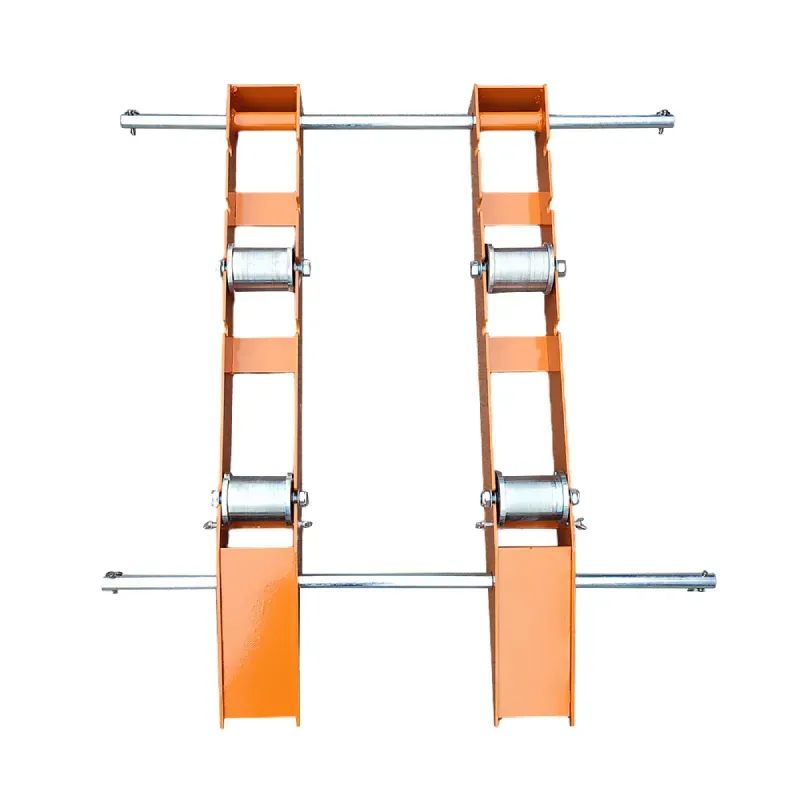
-
 Afrikaans
Afrikaans -
 Albanian
Albanian -
 Amharic
Amharic -
 Arabic
Arabic -
 Armenian
Armenian -
 Azerbaijani
Azerbaijani -
 Basque
Basque -
 Belarusian
Belarusian -
 Bengali
Bengali -
 Bosnian
Bosnian -
 Bulgarian
Bulgarian -
 Catalan
Catalan -
 Cebuano
Cebuano -
 Corsican
Corsican -
 Croatian
Croatian -
 Czech
Czech -
 Danish
Danish -
 Dutch
Dutch -
 English
English -
 Esperanto
Esperanto -
 Estonian
Estonian -
 Finnish
Finnish -
 French
French -
 Frisian
Frisian -
 Galician
Galician -
 Georgian
Georgian -
 German
German -
 Greek
Greek -
 Gujarati
Gujarati -
 Haitian Creole
Haitian Creole -
 hausa
hausa -
 hawaiian
hawaiian -
 Hebrew
Hebrew -
 Hindi
Hindi -
 Miao
Miao -
 Hungarian
Hungarian -
 Icelandic
Icelandic -
 igbo
igbo -
 Indonesian
Indonesian -
 irish
irish -
 Italian
Italian -
 Japanese
Japanese -
 Javanese
Javanese -
 Kannada
Kannada -
 kazakh
kazakh -
 Khmer
Khmer -
 Rwandese
Rwandese -
 Korean
Korean -
 Kurdish
Kurdish -
 Kyrgyz
Kyrgyz -
 Lao
Lao -
 Latin
Latin -
 Latvian
Latvian -
 Lithuanian
Lithuanian -
 Luxembourgish
Luxembourgish -
 Macedonian
Macedonian -
 Malgashi
Malgashi -
 Malay
Malay -
 Malayalam
Malayalam -
 Maltese
Maltese -
 Maori
Maori -
 Marathi
Marathi -
 Mongolian
Mongolian -
 Myanmar
Myanmar -
 Nepali
Nepali -
 Norwegian
Norwegian -
 Norwegian
Norwegian -
 Occitan
Occitan -
 Pashto
Pashto -
 Persian
Persian -
 Polish
Polish -
 Portuguese
Portuguese -
 Punjabi
Punjabi -
 Romanian
Romanian -
 Russian
Russian -
 Samoan
Samoan -
 Scottish Gaelic
Scottish Gaelic -
 Serbian
Serbian -
 Sesotho
Sesotho -
 Shona
Shona -
 Sindhi
Sindhi -
 Sinhala
Sinhala -
 Slovak
Slovak -
 Slovenian
Slovenian -
 Somali
Somali -
 Spanish
Spanish -
 Sundanese
Sundanese -
 Swahili
Swahili -
 Swedish
Swedish -
 Tagalog
Tagalog -
 Tajik
Tajik -
 Tamil
Tamil -
 Tatar
Tatar -
 Telugu
Telugu -
 Thai
Thai -
 Turkish
Turkish -
 Turkmen
Turkmen -
 Ukrainian
Ukrainian -
 Urdu
Urdu -
 Uighur
Uighur -
 Uzbek
Uzbek -
 Vietnamese
Vietnamese -
 Welsh
Welsh -
 Bantu
Bantu -
 Yiddish
Yiddish -
 Yoruba
Yoruba -
 Zulu
Zulu


Aug . 19, 2024 20:02 Back to list
Hydraulic Crimping Tool for Efficient and Reliable Wire Connections in Electrical Applications
Understanding Hydraulic Crimping Tools
Hydraulic crimping tools are essential devices used in various industries for securely joining two pieces of metal, typically wires or cables, using a process called crimping. By applying significant hydraulic pressure, these tools deform the metal connectors permanently, ensuring a strong and reliable connection. In this article, we will explore the fundamental aspects of hydraulic crimping tools, their operation, applications, and benefits.
How Hydraulic Crimping Tools Work
Hydraulic crimping tools utilize the power of hydraulic fluid to provide the necessary force for crimping. The tool consists of a hydraulic pump, a cylinder, and a crimping die. When the pump is activated, hydraulic fluid is directed into the cylinder, creating pressure that pushes the die towards the connector. As the die compresses the connector against the wire, it forms a secure joint by permanently deforming the metal.
One of the significant advantages of hydraulic crimping tools is their ability to generate higher amounts of force compared to manual crimping tools. This makes them ideal for dealing with larger connectors and cables that require more considerable force to achieve the desired crimping effect.
Applications of Hydraulic Crimping Tools
Hydraulic crimping tools are widely used in various sectors, including construction, telecommunications, and automotive industries. In electrical work, these tools are essential for connecting wires to terminals or connectors, such as in power distribution systems or circuit installations.
In the telecommunications industry, hydraulic crimping tools are often used for securing coaxial cables and fiber optic cables, ensuring minimal signal loss
. The automotive sector also relies on hydraulic crimping for assembling different electronic components, ensuring reliable connections in vehicles’ electrical systems.hydraulic crimping tool

Moreover, hydraulic crimping tools are invaluable in creating connections for industrial machinery and equipment, where reliable wiring is critical for safety and functionality.
Benefits of Using Hydraulic Crimping Tools
1. Consistency and Reliability The hydraulic process ensures that each crimp is made with the same amount of force, resulting in a consistent quality that is often unattainable with manual tools. This consistency is crucial, especially in projects requiring numerous connections.
2. Higher Force Application Hydraulic crimping tools can exert much higher forces than manual tools, making them suitable for thicker cables or larger terminals that require more significant pressure for a secure connection.
3. Ease of Use While traditional crimping may require substantial manual strength and technique, hydraulic tools simplify the process, enabling users to make connections more quickly with less effort.
4. Versatility Many hydraulic crimping tools come with interchangeable dies that allow them to be used on various sizes and types of connectors, increasing their versatility and cost-effectiveness.
Conclusion
Hydraulic crimping tools are powerful, essential equipment in many industries, offering advantages that enhance connectivity and reliability. Their ability to provide consistent, high-quality crimping solutions makes them invaluable in electrical and mechanical applications. As technology continues to advance, the evolution of hydraulic crimping tools is likely to bring even more improvements in efficiency and ease of use, solidifying their status as a staple in the toolkit of professionals across multiple sectors. Whether for industrial wiring or telecommunications, understanding how to use hydraulic crimping tools can greatly aid in achieving optimal results in various applications.
Latest news
What Are Construction Tools and How Are They Used?
NewsJul.11,2025
Professional-Grade Duct Rodding Tools for Superior Cable Installation
NewsJul.11,2025
Enhancing Safety and Efficiency with Modern Hot Stick Solutions
NewsJul.11,2025
Empowering Cable Installation with Advanced Rodder Solutions
NewsJul.11,2025
Elevate Your Cable Installation Projects with Cable Pulling Tools
NewsJul.11,2025
Efficient Cable Handling Solutions: Cable Rollers for Sale
NewsJul.11,2025











